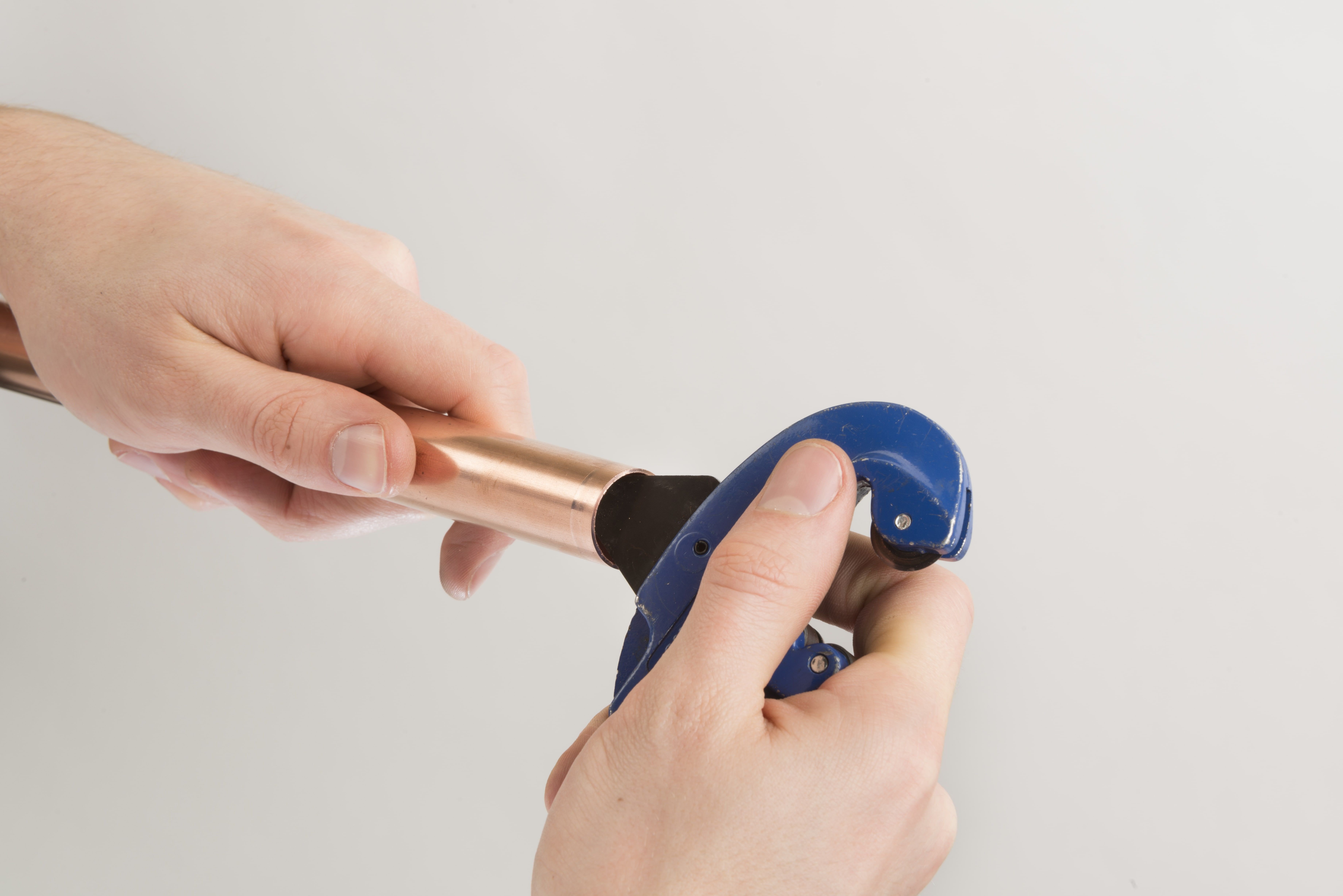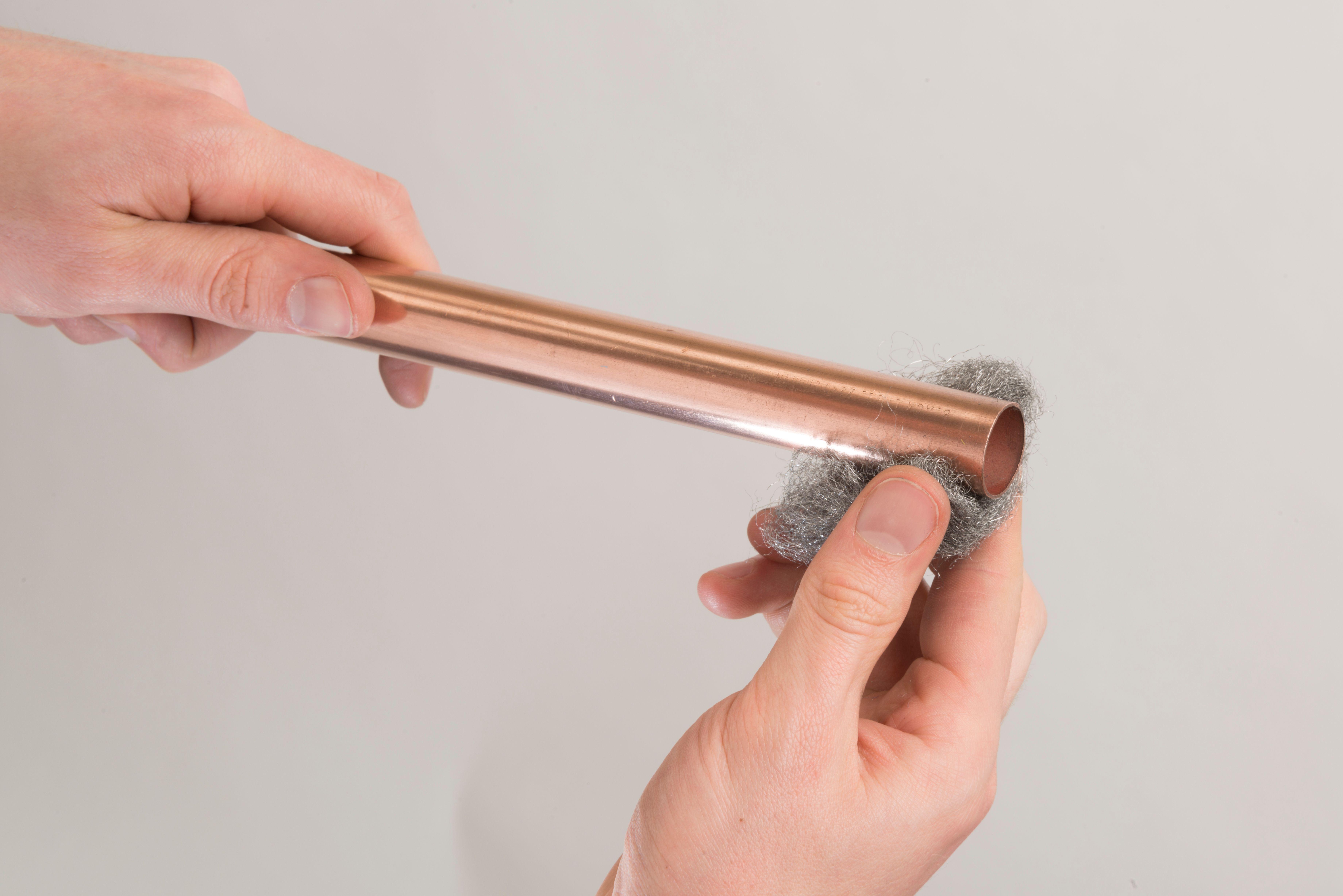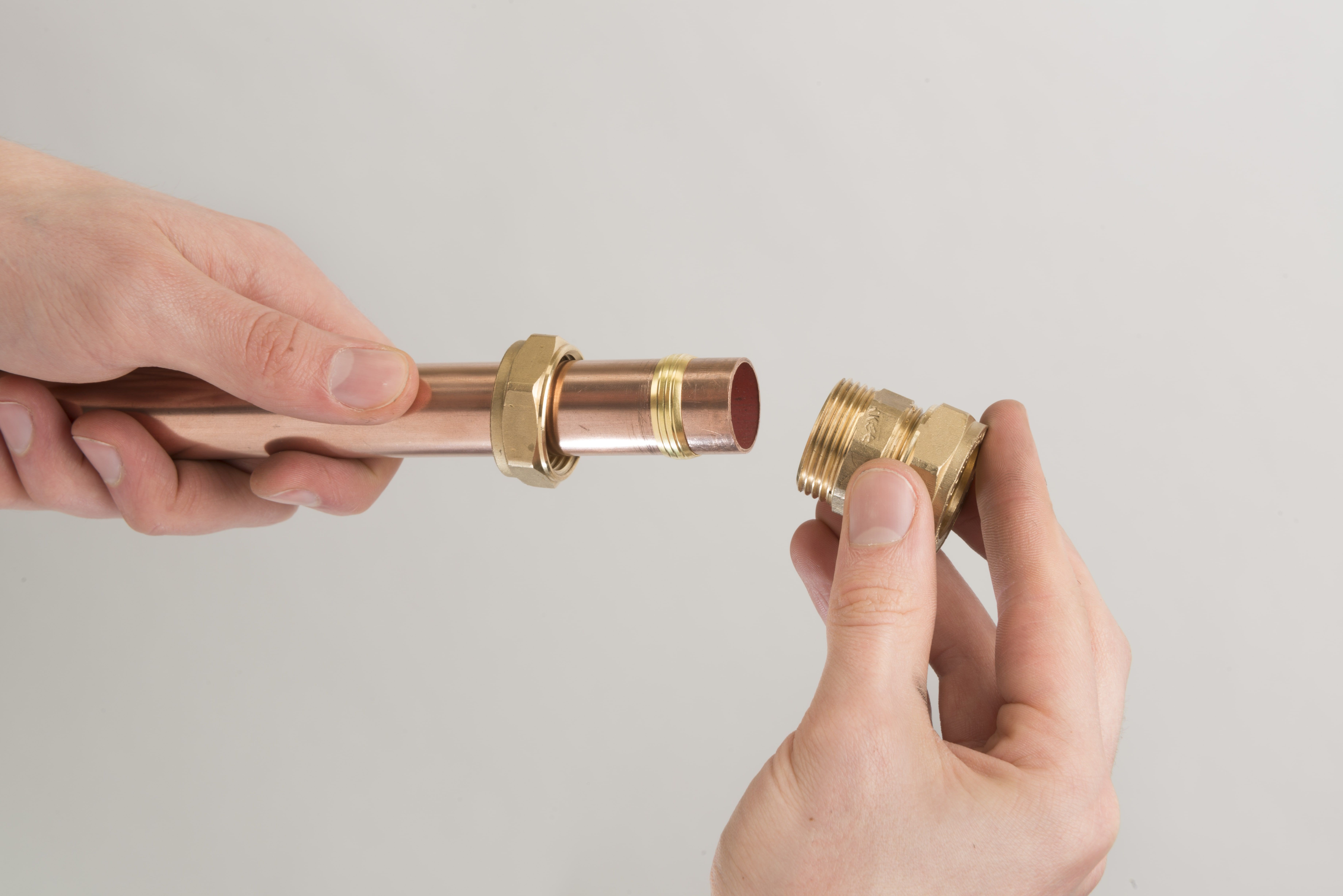Tightening Compression Fittings Guidance
Turns
| Size |
Turns |
| < 28mm |
1 1/4 Turns |
| > 28mm |
3/4 Turns |
Torque Settings
| Size |
Torque |
| 15mm |
30 - 35 Nm |
| 22mm |
45 - 50 Nm |
| 28mm |
55 - 60 Nm |
| 35mm |
105 - 110 Nm |
| 42mm |
150 - 155 Nm |
| 54mm |
240 - 245 Nm |
Threaded Connections
Threaded connectors have taper male or parallel female BSP threads, and the most popular sizes have parallel male BSP threads.
These are for jointing pipework to boilers, pumps or backplate elbows. For taper male threads, a small amount of inert jointing compound or PTFE tape should be applied
before installation.
When installing parallel male threads, for example to cisterns and cylinders, a good quality jointing washer should be used.
PTFE Tape
Some authorities and system specifications preclude the use of jointing compounds or require that only certain proprietary material may be used. Before utilising jointing compound, make sure yours is compliant.




